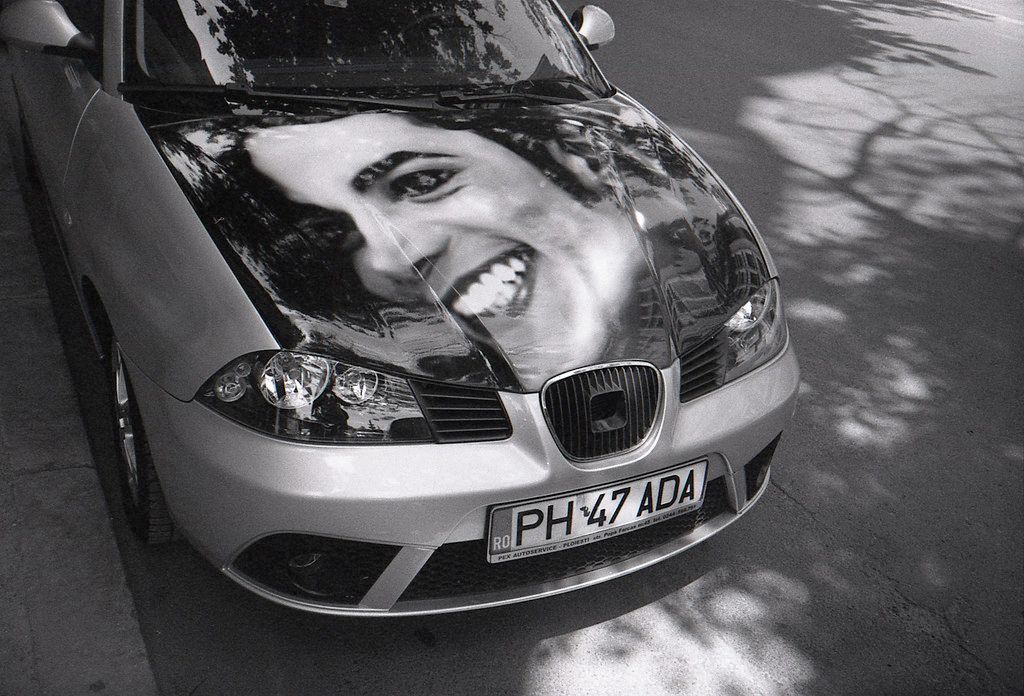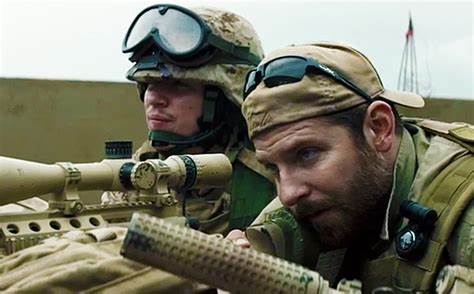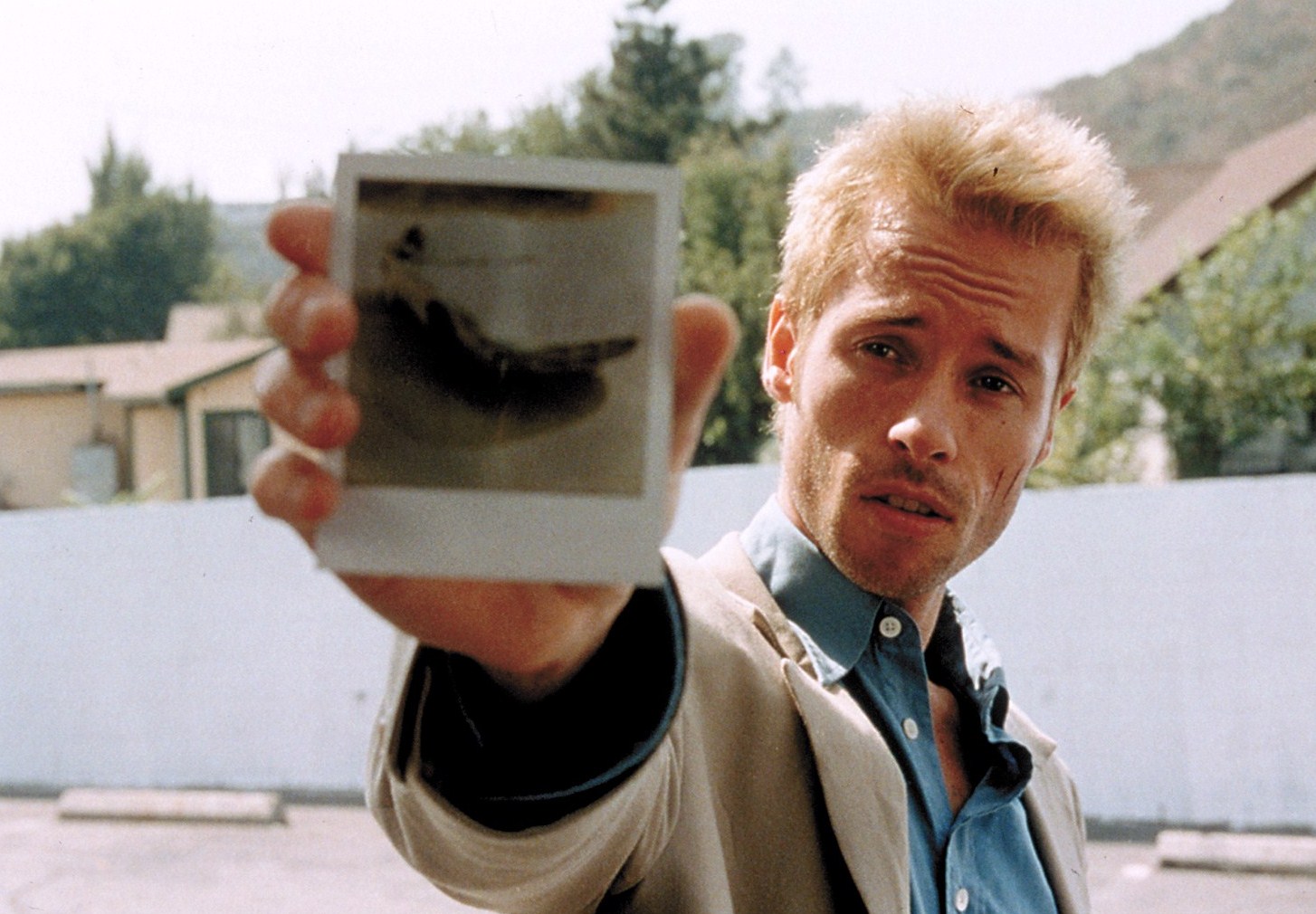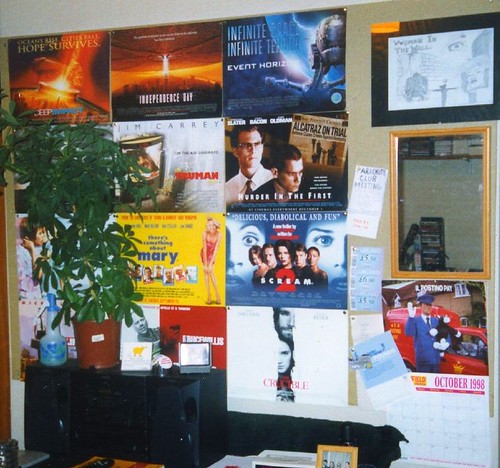
Ever walked out of a cinema feeling like you’ve just been hit by an emotional freight train? Or found yourself sitting slack-jawed as the credits roll, trying to process what you’ve just witnessed? That’s the power of a truly great movie ending. We’re talking about those final scenes that don’t just wrap up the story, but leave you pondering for days, maybe even years. These are the moments that redefine everything you thought you knew, pulling the rug out from under you with masterful precision or delivering an emotional gut-punch that lingers long after the popcorn’s gone.
From mind-bending plot twists that force you to rethink everything you’ve just watched, to heartbreaking farewells that have you reaching for the tissues, the best movie endings are the ones that stick with you long after the popcorn’s gone. They are the climax, the grand reveal, the moment where all the pieces fall into place – or spectacularly fall apart. It’s what separates a good movie from an unforgettable one, etching itself into your memory and becoming a benchmark for cinematic storytelling.
So, grab your favorite movie snack and get comfy, because we’re about to dive into the crème de la crème of cinematic conclusions that’ll remind you why you fell in love with movies in the first place. These are the films whose final minutes are not just a closing chapter, but a powerful, defining statement that resonates deeply with audiences, sparking heated conversations and earning them a permanent spot in pop culture lore. Let’s explore some of these legendary finales that have earned their reputation as truly shocking and utterly brilliant.

1. **Psycho (1960)**This 1960 thriller is an Alfred Hitchcock masterpiece, a full-on cinematic legend that’s been messing with people’s minds for decades. Bucking convention, the film’s first surprise is the death of a headlining actress in the film’s opening act, setting a precedent for its willingness to subvert expectations. The Cinemaholic gives us the lowdown on why this psychological thriller is such a big deal, explaining that it’s all about a seriously messed-up dude living a double life, juggling his creepy tendencies with, well, more creepy tendencies.
“Psycho” isn’t just a scary movie; it’s a profound exploration of human psychology and the dark corners of the mind. You’ve got Marion Crane, thinking she’s just checking into a motel for a quick pit stop, but boy, does she have another thing coming. That shower scene? It’s not just famous; it’s the granddaddy of all horror movie moments, a meticulously crafted sequence that shocked audiences and redefined on-screen violence. This flick isn’t just your run-of-the-mill scary movie; it’s a full-on cinematic legend that’s been messing with people’s minds for decades.
But the real kicker comes at the end when we find out that Norman Bates, the seemingly harmless motel owner, is actually cuckoo for Cocoa Puffs. This guy’s got more personalities than a theater troupe, and one of them’s got a real mean streak, as Movieweb points out. Yard Barker’s says the ending of “Psycho” isn’t just a one-and-done deal; it’s like a Russian nesting doll of “Oh snap!” moments. First, you’ve got the big reveal about Mrs. Bates being deader than disco. Then, plot twist! It’s Norman doing the stabby-stabby while playing dress-up as his mom.
And just when you think it can’t get any weirder, we get that final scene with Norman looking cool as a cucumber, thinking he’s his mom and wouldn’t hurt a fly. Yeah, right. It’s this rollercoaster of reveals that keeps “Psycho” living rent-free in our heads long after the credits roll. The chilling final moments, where Norman’s true fractured psyche is laid bare, demonstrate why “Psycho” is the crown jewel in Hitchcock’s already impressive lineup, leaving audiences stunned by its psychological depth and shocking conclusion.
Read more about: Beyond the Blockbusters: 13 ’60s Movie Stars Who Deserved More Hollywood Immortality
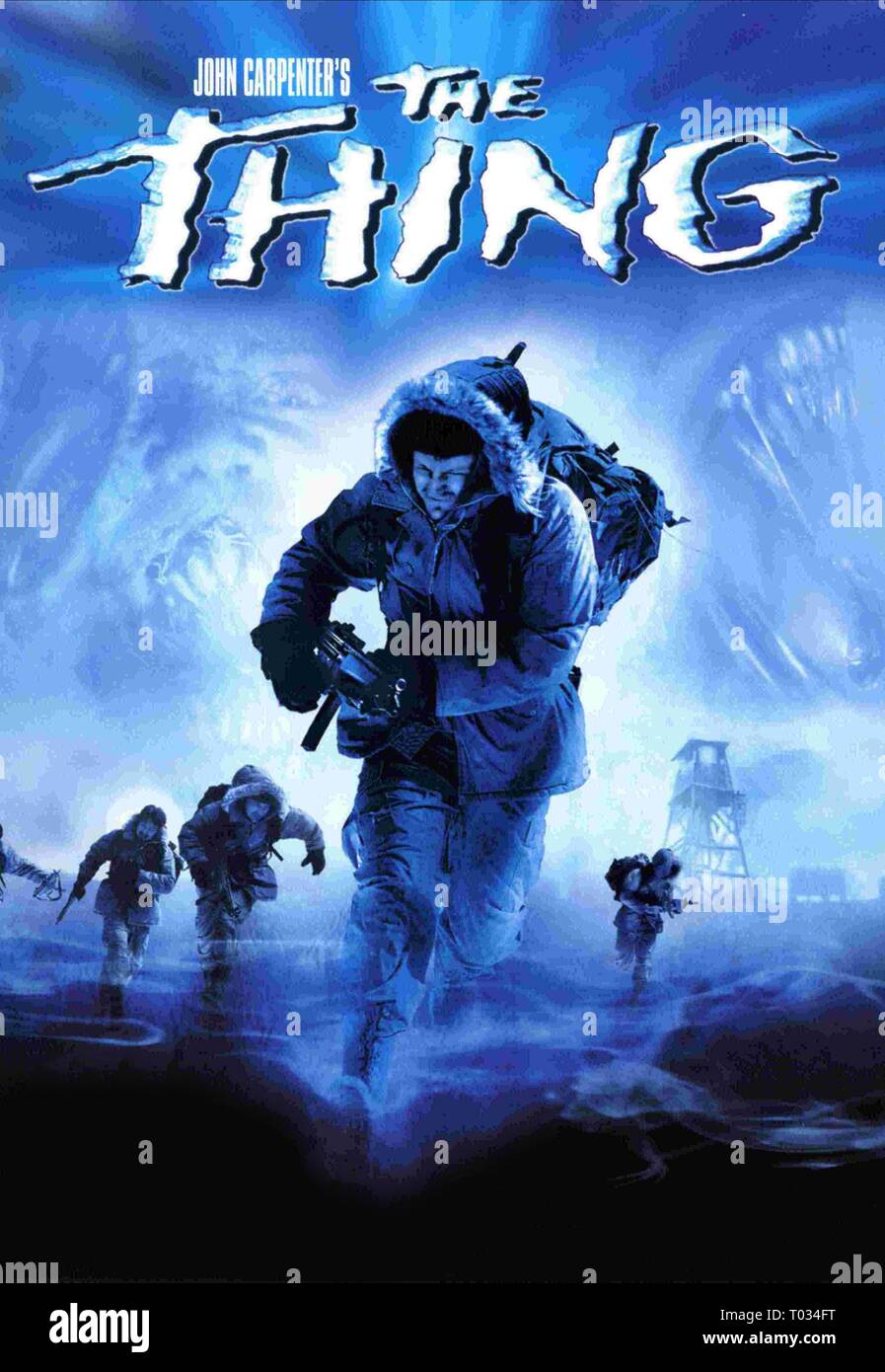
2. **The Thing (1982)**Alright, horror fans, let’s dive into the frosty, paranoia-inducing world of John Carpenter’s “The Thing.” Picture this: Kurt Russell and Keith David, two tough dudes stuck in the middle of nowhere, facing off against a shape-shifting alien that’s about as friendly as your ex at a wedding. This film is a masterclass in building tension and fear through uncertainty, relying on psychological dread as much as grotesque creature effects. The isolated Antarctic setting amplifies the sense of claustrophobia and distrust, making every character a potential threat.
Far Out explains the film’s final scene, where Russell’s character MacReady stumbles out of the burning research facility like he just left the world’s worst barbecue. He meets up with Childs, but here’s the kicker – we’ve got no clue if either of them is actually human or if they’re the monster playing dress-up. Talk about trust issues! This mind-bending ending, backed by Ennio Morricone’s spine-chilling score, has been keeping fans up at night for decades. It’s an ambiguous finale that defies easy answers, forcing the audience to grapple with the terrifying implications of what they’ve just witnessed.
“The Thing” hits different, especially in these pandemic times, feeling like the ultimate social distancing horror story. But instead of dodging COVID, these guys are trying to avoid becoming alien chow. The film wraps up with MacReady and Childs having the world’s most awkward staring contest, sharing a bottle of booze because, well, what else are you gonna do when you’re stuck in Antarctica with a potential monster? It’s bleaker than your bank account after a night out in Vegas, according to Vulture, perfectly capturing the desolate and hopeless situation.
Games Radar breaks down the final scene like it’s a sports replay. We’ve got two guys, chillin’ in the Antarctic tundra, five feet apart ’cause they’re not sure if one of them is a deadly alien. The research station’s going up in flames behind them, and they’re faced with a real lose-lose situation. If they freeze, the alien might hitch a ride to civilization and throw a planet-wide infection party. So what’s the plan? MacReady’s big idea is to “wait here for a little while, see what happens.” It’s the kind of vague, open-ended finale that sticks with you like gum on a shoe, leaving you wondering long after the credits roll. Now that’s how you end a movie, folks! This ending is not just a conclusion; it’s a prolonged question mark, a testament to the film’s enduring power.
Read more about: Don’t Miss Out! Unlock Your Netflix Potential With These 9 Incredible, Must-See Movies You’ll Wish You’d Watched Sooner!
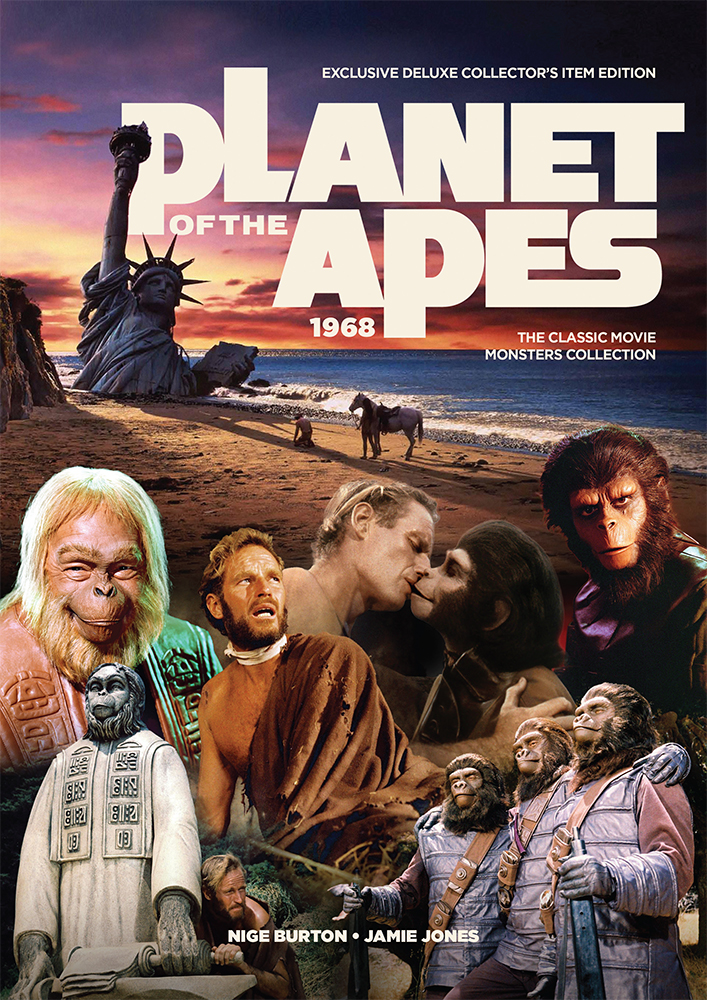
3. **Planet of the Apes (1968)**Alright, sci-fi buffs, let’s talk about the mind-bending finale of “Planet of the Apes.” This 1968 classic isn’t just about monkeys in suits – it’s a full-on exploration of what makes us human, wrapped up in a package of talking apes and killer costumes. The film’s thematic depth, combined with its groundbreaking makeup effects, created a cinematic experience unlike any before it, challenging audiences to reconsider their place in the universe.
The Mary Sue drops some truth bombs about how this flick hit different back in the day. Imagine sitting in a cinema, munching on your popcorn, when BAM! You realize you’ve been watching Earth all along. Talk about a plot twist that’ll make you spit out your soda! In the height of the Cold War, this ending must’ve felt like a slap in the face with a radioactive banana, resonating with anxieties about nuclear war and humanity’s potential for self-destruction. The reveal isn’t just a shock; it’s a potent commentary on societal hubris.
Now, Insider’s not pulling any punches when they call this the most powerful movie ending of all time. And honestly? They might be onto something. This isn’t your grandma’s happy-go-lucky sci-fi romp. Nope, this is late ’60s cinema at its finest – serving up a slice of shock with a side of existential dread. It’s the kind of ending that doesn’t just stick with you; it follows you home and crashes on your mental couch for weeks, prompting deep reflection on mankind’s folly.
Why did this twist ending hit harder than a gorilla on steroids? CBR breaks it down: For most of the movie, we’re cruising along, thinking our boy George Taylor’s just on some far-out space vacation. Horses? Check. Humans? Check. Apes running the show? Well, that’s new, but okay. Then comes the sucker punch – that iconic shot of Lady Liberty looking like she’s had a rough millennia. Suddenly, Taylor (and let’s be real, all of us watching) realizes he’s been home sweet home all along. Talk about a cosmic joke! It’s like finding out your house key works on Buckingham Palace – mind-blowing, but also, where the heck do you go from here? This ending doesn’t just wrap up the movie; it unwraps your brain and leaves you questioning everything. No wonder “Planet of the Apes” fans are still going bananas over this film decades later!
Read more about: Beyond the Screen: 13 Visually Stunning Films Every Artistic Movie Lover Needs to See Right Now

4. **The Truman Show (1998)**In this film, Jim Carrey proves he’s not just the rubber-faced funny guy we all know and love. This flick is like a philosophical rollercoaster wrapped in a sitcom burrito, using its high-concept premise to explore profound questions about reality, free will, and the nature of entertainment. Carrey’s performance here is a masterclass in blending his comedic timing with genuine dramatic depth, creating a truly memorable character.
Collider breaks it down for us: imagine your whole life is a 24/7 reality show, but plot twist – you’re the only one who doesn’t know it. That’s Truman Burbank’s life in a nutshell. He’s living in a giant TV set, surrounded by actors pretending to be his friends and family. Talk about trust issues! The film masterfully builds Truman’s growing paranoia, making the audience feel his creeping unease as his seemingly perfect world begins to crack at the seams.
Our boy Truman gets suspicious (because apparently, the sky falling wasn’t subtle enough) and decides to channel his inner Christopher Columbus. But instead of discovering America, he literally hits a wall. Ouch! After a chat with the show’s creator (aka the world’s worst landlord), Truman gets to choose between staying in his comfy lie or facing the scary real world. In true Truman fashion, he gives a cheerful “sayonara” to his fake life, making viewers everywhere cheer like it’s the Super Bowl, as noted by Yard Barker. This moment is a powerful affirmation of individual liberty and the desire for genuine experience.
But here’s where it gets really interesting. The Mary Sue points out that the movie doesn’t spoon-feed us a happily-ever-after. Nope, it leaves us hanging like a season finale cliffhanger. Will Truman find his happily ever after with Sylvia, the one person who wasn’t playing pretend? Can he handle being more famous than a Kardashian? And how’s he gonna deal with the fact that his BFF was basically a paid actor? The movie drops these questions in our laps and saunters off, leaving us to ponder Truman’s fate. It’s like the cinematic equivalent of your friend telling you a juicy story and then saying, “Anyway, I gotta go.” But you know what? That’s the beauty of it. For once, we’re not peeking into Truman’s life. He finally gets to be just… Tru-man. See what I did there? The finality of his step into the unknown is both terrifying and exhilarating.
Read more about: Chameleons of the Silver Screen: Unpacking the Unparalleled Versatility of 14 Iconic Actors Across Genres

5. **The Usual Suspects (1995)**“The Usual Suspects” is a flick that’ll have you questioning everything you thought you knew about storytelling. Collider sets the stage for us: picture a group of criminals who meet in a police lineup like it’s some twisted version of speed dating. Fast forward, and you’ve got a lone survivor spilling the beans about a gun battle that makes your average action movie look like a water balloon fight. It’s like the cinematic equivalent of that friend who always has the craziest stories at parties – you’re not sure if you believe them, but you’re hooked anyway. The film expertly plays with narrative reliability, keeping the audience off-balance and constantly guessing.
Now, Insider drops the mic on why this movie’s ending is the ultimate “hold my beer” moment in film history. Kevin Spacey’s character pulls a 180 so sharp it’ll give you whiplash. Verbal Kint, the limping, seemingly harmless suspect, turns out to be the big bad wolf Keyser Söze. It’s like finding out your sweet grandma was secretly a ninja assassin all along. This twist isn’t just surprising; it’s the kind of reveal that makes you want to immediately rewatch the entire movie with your newfound knowledge, meticulously searching for clues you missed. The sheer audacity of the deception is what makes it so legendary.
Meanwhile, poor Agent Kujan is having the mother of all “oh crap” moments as he realizes Kint’s entire story was basically an elaborate game of I Spy with the objects in his office. It’s like the world’s most intense scavenger hunt, but with crime lords and plot twists. Every detail, every gesture, every line of dialogue suddenly takes on a new, sinister meaning. The audience experiences the same dawning horror as Kujan, realizing they’ve been manipulated by a master storyteller.
And that closing line? Chef’s kiss. “The greatest trick the Devil ever pulled was convincing the world he didn’t exist.” This quote, delivered with chilling precision, encapsulates the film’s central theme of deception and hidden evil, leaving an indelible mark. “The Usual Suspects” doesn’t just end; it leaves you questioning your own existence and wondering if that random dude at the coffee shop might secretly be a criminal mastermind, as articulated by The Cinemaholic. Now that’s how you do a movie ending, folks! It’s a conclusion that redefined the possibilities of a cinematic twist, setting a new bar for narrative cunning.
As we continue our deep dive into the most profound and thought-provoking conclusions in cinematic history, we turn our attention to four more masterpieces. These films don’t just end; they leave you questioning, discussing, and fundamentally changed by their final moments, ensuring they resonate with audiences years, even decades, after their initial release. They are the kind of movies that become cultural touchstones, sparking endless debates and cementing their place in the hearts and minds of film enthusiasts worldwide.
These are the finales that challenge our perceptions, ignite our imaginations, and remind us why the magic of cinema is truly unparalleled. Get ready to have your expectations shattered and your mind expanded as we dissect what makes these particular endings so utterly unforgettable.
Read more about: Hold Up! 15 Beloved Movies With Plot Holes So Big You’ll Scream ‘How Did I Not Notice?!’

6. **Fight Club (1999)**There are movies that simply entertain, and then there are films like “Fight Club” that grab you by the collar and shake you awake. This cult classic, featuring Edward Norton as the unnamed narrator and a perpetually cool Brad Pitt as Tyler Durden, isn’t just a movie; it’s an experience designed to make you question the very fabric of your existence. It’s heralded as the “king of eye-openers,” a cinematic sledgehammer that prompts us to shatter the societal molds we often find ourselves trapped within.
The film’s impact lies in its raw, unfiltered commentary on consumerism, masculinity, and identity, all building towards a finale that completely reconfigures everything the audience thought they knew. It’s a conclusion that doesn’t just provide a twist; it forces a complete re-evaluation of every scene that preceded it, blurring the lines between reality and delusion with masterful precision. The ending isn’t merely a resolution; it’s a profound unraveling, pushing viewers to reconsider their own lives and the structures that govern them.
The legendary first rule of Fight Club might be “You do not talk about Fight Club,” but the film’s ending ensures that rule is destined to be broken. Its brilliant, mind-bending reveal ensures perpetual discussion, making it impossible for fans to keep quiet about the film’s genius. This is a movie whose final moments are so impactful, so utterly transformative, that they compel you to engage with its themes long after the credits roll, prompting a deeper understanding of its intricate narrative.
Ultimately, “Fight Club” is a powerful reminder of cinema’s ability to provoke and challenge. Its ending is not just a clever plot device; it’s a philosophical statement, urging viewers to break free from the conventional and embrace a more authentic, albeit chaotic, reality. It leaves you feeling exhilarated, disturbed, and profoundly aware of the subtle ways society shapes our perceptions, truly living up to its reputation as a genre-defining “eye-opener.”
Read more about: Ahead of Their Time: 14 Cinematic Gems That The Box Office Ignored But Are Now Legendary
Read more about: Alright, Alright, Alright: Unpacking Matthew McConaughey’s Extraordinary Metamorphosis from Rom-Com Royalty to Oscar-Winning Icon
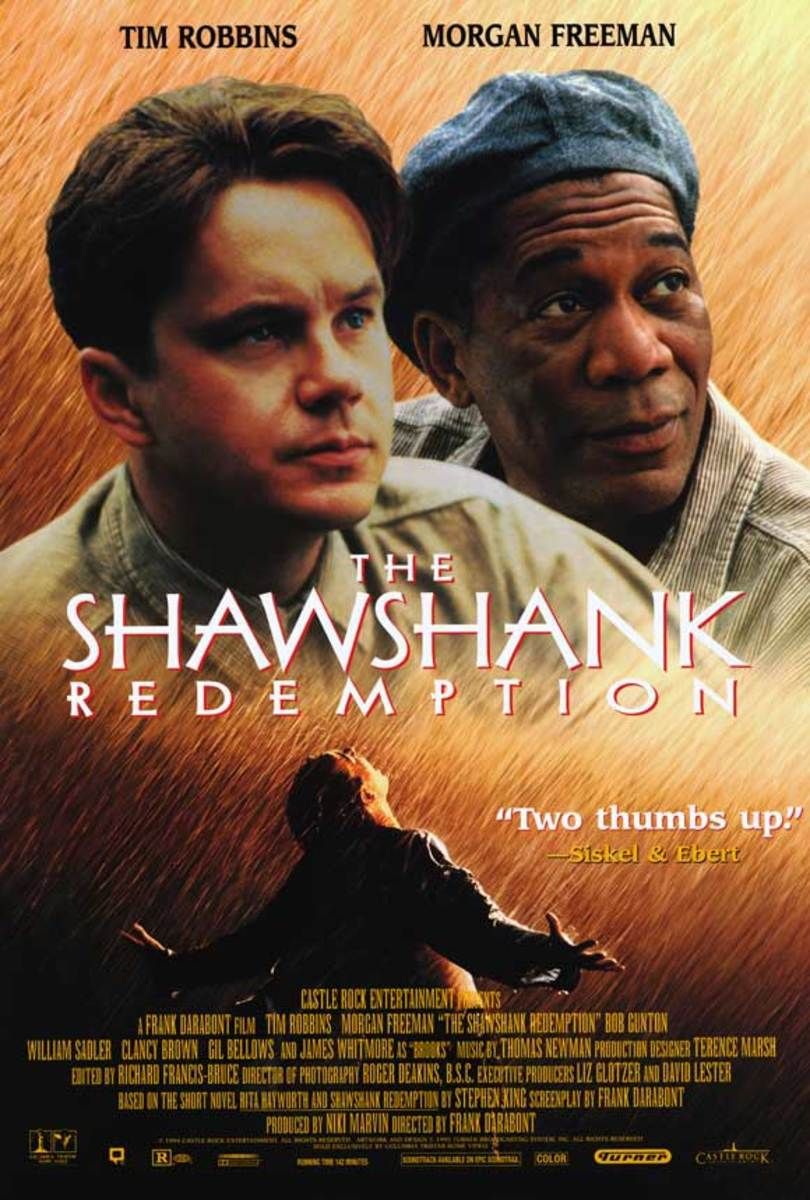
7. **The Shawshank Redemption (1994)**Often cited as one of the greatest films ever made, “The Shawshank Redemption” stands as a towering testament to hope, perseverance, and the indomitable human spirit. While Morgan Freeman delivers a memorable performance, it is Tim Robbins, forever etched in our minds as the “calm, quiet accountant who outsmarted the prison system better than the best con artists ever could,” whose journey provides the film’s legendary emotional core.
The power of “The Shawshank Redemption” lies not just in its compelling narrative of injustice and enduring friendship, but in its breathtakingly triumphant finale. For years, we watch Andy Dufresne navigate the brutal realities of Shawshank Penitentiary, subtly chipping away at his confinement, both literally and figuratively. This meticulous, long-game strategy builds an unparalleled sense of anticipation, making his ultimate escape one of the most satisfying and cathartic moments in cinematic history.
The film’s ending is a masterclass in delivering emotional resonance. It’s the culmination of decades of quiet defiance and unwavering belief in freedom, culminating in a visual spectacle of liberation that speaks volumes without needing excessive dialogue. The sheer ingenuity and patience displayed by Andy, leading to his dramatic crawl through the sewage pipe and his emergence into a rain-soaked, free world, provides an unparalleled sense of justice served.
Indeed, even if you haven’t seen the film, its iconic message has permeated popular culture: “GET BUSY LIVING OR GET BUSY DYING!” This quote, embodying Andy’s unyielding will to survive and thrive, perfectly encapsulates the film’s profound impact. The ending of “The Shawshank Redemption” isn’t merely a plot resolution; it’s a powerful affirmation of hope and resilience, leaving viewers with an enduring sense of upliftment and the belief that freedom can be found even in the darkest of places.
Read more about: Grab the Tissues: The 10 Movie Deaths That Will Still Make You Absolutely Bawl Your Eyes Out

8. **The Shining (1980)**Stanley Kubrick’s “The Shining” isn’t just a horror film; it’s a descent into madness, a masterclass in psychological dread that has secured its place as “one of the most disturbing movies ever made.” The film, famously featuring Jack Nicholson’s iconic portrayal of Jack Torrance, traps its audience within the claustrophobic and increasingly malevolent Overlook Hotel, ensuring that its chilling final moments linger long after the credits fade.
While many might instantly recall the terrifying “HERE’S JOHNNY!” scene, the true, enduring power of “The Shining’s” conclusion lies in its lingering ambiguity and unsettling imagery. The film concludes not with clear answers, but with a deeply unsettling photograph that raises more questions than it resolves. This single image of Jack Torrance from decades past is a mystery that has left millions of viewers scratching their heads and theorizing for years, prompting endless discussions about the hotel’s true nature and Jack’s ultimate fate.
The enduring fascination with “that photograph” and “what really happened with Jack” is a testament to the ending’s genius. It’s a finale that refuses to spoon-feed explanations, instead inviting audiences to delve into its many layers of symbolism and psychological horror. The context hints that a “truth… came to light recently,” suggesting that even now, decades later, new interpretations and insights continue to emerge, keeping the film’s mysterious ending at the forefront of cinematic discourse.
“The Shining” proves that sometimes, the most impactful endings are those that don’t offer neat conclusions but instead ignite an eternal flame of curiosity and unease. Its final, haunting image ensures that the Overlook Hotel, and the terrifying questions it poses, live rent-free in the minds of audiences, continuing to “spark discussion and captivate audiences years after their release” and solidifying its status as a timeless masterpiece of unsettling cinema.
Read more about: Were the Editors Asleep? 12 Jaw-Dropping Film Fails That Sneaked Onto the Big Screen, From Ancient Rome to a Galaxy Far, Far Away!
And there you have it, film fanatics – a journey through nine cinematic marvels whose final minutes transcend mere storytelling, transforming into unforgettable experiences. These are the endings that don’t just wrap up a narrative; they explode it, leaving us breathless, bewildered, and ultimately, profoundly moved. They remind us why we flock to the cinema, why we debate plot points for hours, and why the magic of film continues to captivate generation after generation. So, whether it’s a twist that shatters your perception or an emotional crescendo that brings tears to your eyes, these movies are proof that a perfect ending isn’t just a conclusion – it’s an indelible mark on the soul of cinema itself. Until next time, keep watching, keep thinking, and keep talking about the movies that move you!

